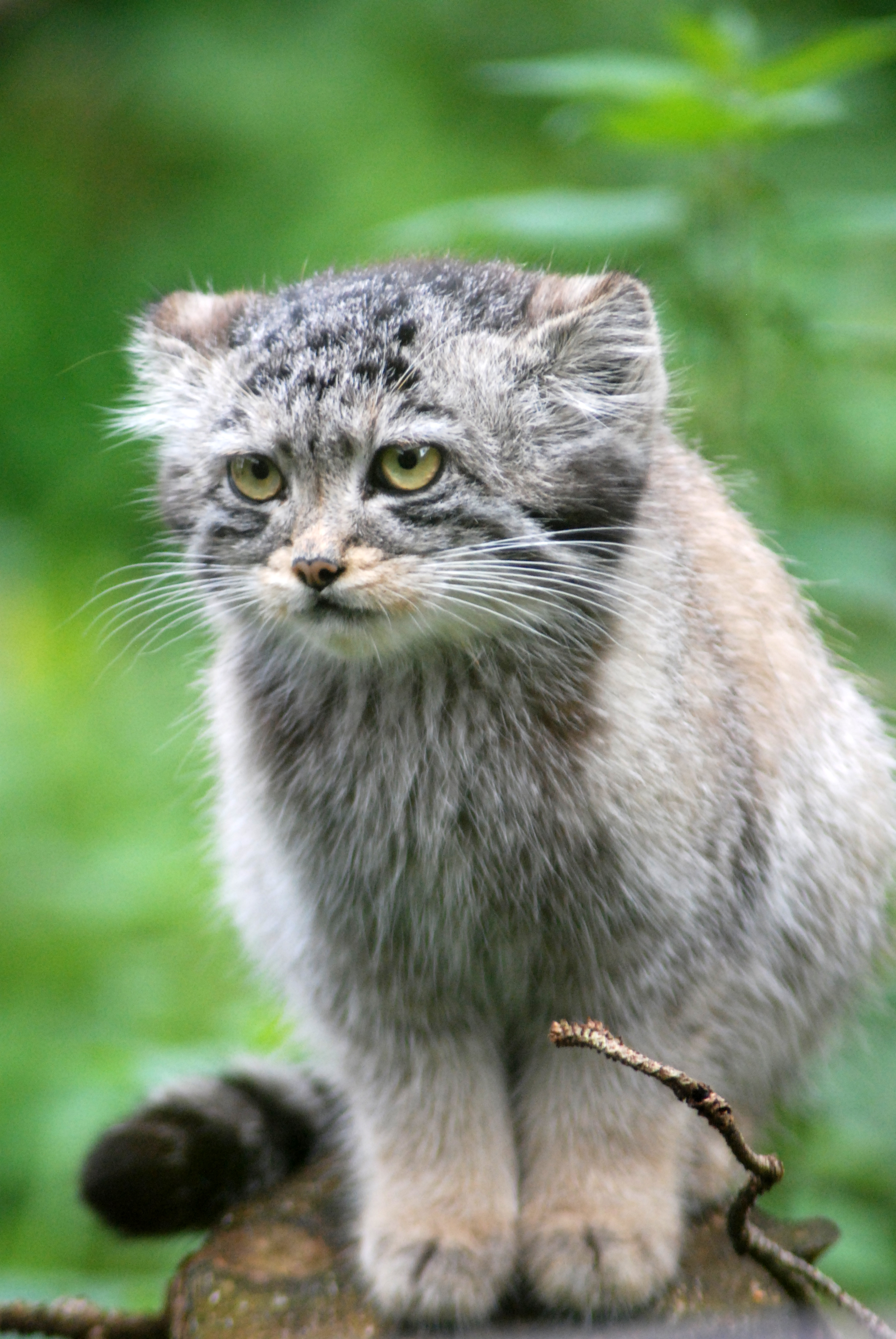Completely unaware of the fuss surrounding them, six rare wild kittens have taken their first steps out of the safety of their comfort zone.
Captured on camera leaving their nest box for the first time at Highland Wildlife Park, the three-month-olds are only the third litter of Pallas’s cats to be born worldwide so far this year.
And the fluffy bundles are a major success tale for the park at Kincraig, near Kingussie, as the species is considered to be “near threatened”, and is extremely difficult to breed.
They are highly prone to contracting toxoplasmosis, a parasitic disease that is often fatal to kittens.
In a bid to prevent this from happening, keepers at the park devised a complicated strategy to ensure their safety.
The adult Pallas’s cats, male Beebop and female Alula, were moved to an off-show enclosure, which had been fitted with camera traps and a sound activated recorder.
This was to allow staff to understand when mating had occurred so they could begin a treatment plan. More than 1,400 separate “vocalisation events” were recorded and mapped out by senior keeper David Barclay and animal department support worker Jan Morse.
Monitoring the sounds of the cats allowed them to identify when mating had taken place – a technique believed to be a world first.
“This is the key time that a prevention treatment for toxoplasmosis needs to begin, in the early days of a potential pregnancy,” Mr Barclay said.
“Unlike other treatment programmes that can be very intensive and stressful to the cats, our work here has allowed us to implement our veterinary protocol in a completely stress free environment.”
He added: “Over time the results will help to improve our success with this species. It has also given us a unique insight into the behaviour of these cats which will be invaluable for future management.”
Wild Pallas’s cats are native to Central Asia and the Middle East. The species faces multiple threats including hunting for skin and body parts, habitat loss and population fragmentation.
The park has also been involved in assisting on site research into the elusive breed by sending video and camera traps to Iran, Mongolia and Nepal.
